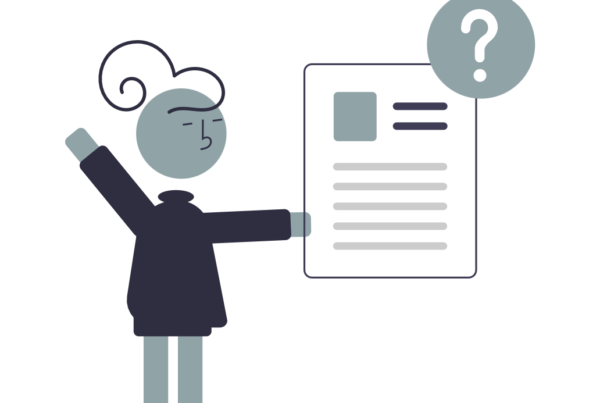Effective corporate training is not just about delivering information; it’s about creating an interactive learning environment that engages participants. One of the most overlooked but crucial aspects of successful training sessions is the art of pausing after asking a question. Too often, I see trainers jumping in after only pausing for a moment after posing a question to their class. Give them a little breathing room, for goodness’ sake! Here are a few thoughts on why this topic is so important and needs to be discussed. 🌟✨🗣️
When trainers pause after asking a question, participants can actively engage with the topic at hand. This allows them time for thoughtful reflection so they can process and formulate an articulate response. No one wants to look like they have no idea what they’re talking about and people process information at different speeds for various reasons. Familiarity with the topic and experience, to name a couple. You, as the trainer, often don’t have great insights into either when it comes to each individual in the classroom, so give them five to ten seconds to think instead of jumping in after you finish taking a breath. ⏳⌛🤔
When delivering sales training regularly for phone sales agents, I often told a story about how salespeople would talk themselves out of sales. There was one particular sales agent that was notorious for this, Brett. Brett would do the product demo, make his pitch, and then ask for the sale like he had been taught. The problem was that he did not give the customer time to respond. A second, maybe two, after asking for the sale, if he did not get an immediate answer from the customer, he would start to feature bomb them. This almost always resulted in the customer turning down the sale and moving on with their day. 😬📞💥💔
Brett was not giving his customers time to process. He found the silence uncomfortable, and his inability to be patient and get cozy with the silence led him to miss his targets. So his manager started listening to his call recordings to diagnose the issue and try and help Brett. The supervisor immediately saw what was happening and asked Brett if he could sit in on a couple of calls.
Brett went through his normal routine, and just as always, he did not give the customer time to process. Only this time, when Brett made the offer, the supervisor secretly muted Brett’s microphone. So while Brett didn’t pause after asking for the sale, the customer never heard Brett jump back in and start feature bombing. The customer interrupted Brett and said yes! Brett made the sale! 🎙️🤐✅
This happened two more times before Brett realized what his supervisor was doing. He and his supervisor had a quick laugh about it, and Brett learned the importance of providing his customers a little time to process before jumping in with new information or another question.
”The customer interrupted Brett and said yes! Brett made the sale!
While trainers aren’t always salespeople, the same principle does apply to us. A well-timed pause gives participants a valuable moment to analyze the question, consider different perspectives, and think critically before responding. It allows individuals to delve deeper into the subject matter, connecting it with their experiences and formulating insightful answers. This pause-and-reflect approach nurtures critical thinking skills, enabling participants to develop a deeper understanding of the topic and apply it effectively in their professional lives. 🤔💡
In the world of corporate training, effective communication and engagement are paramount. The power of the pause lies in its ability to create a dynamic learning environment where participants feel valued, empowered, and inspired to contribute actively. So, let us embrace the art of the pause and unleash the full potential of corporate training sessions. 🎯🚀📚🙌




